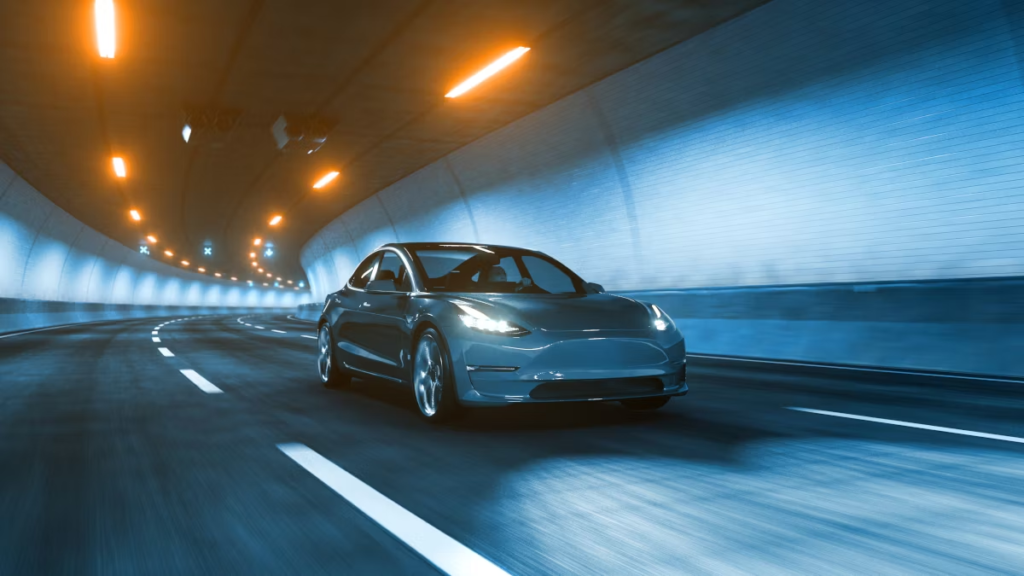The electric vehicles industry faces several challenges impacting even the top electric vehicles brands. Key issues include high top electric cars prices, limited availability of electric vehicle charging stations, and competition among top electric cars brands. Addressing these issues is crucial for the industry’s growth and sustainability.
High Initial Costs:
One of the primary barriers to EV adoption is the higher upfront cost compared to traditional internal combustion engine (ICE) vehicles. While the long-term operational costs of EVs are lower due to lower maintenance and electricity costs, the initial investment can be a deterrent for many consumers.
Limited Charging Infrastructure:
Electric Vehicles charging infrastructure remains a critical bottleneck. Many potential buyers worry about the availability and accessibility of electric cars charging station, especially in regions with lower population density. This concern, known as “range anxiety,” can dissuade consumers from making the switch to electric vehicles.
Range Limitations:
Although strides have been made in extending the range of EVs, some models still face limitations compared to their gasoline-powered counterparts. While most modern best electric vehicles brands can comfortably cover daily commuting needs, longer trips can require careful planning and multiple charging stops.
Battery Technology Challenges:
Battery technology is at the heart of electric vehicle development, and while there have been impressive strides in recent years, there’s still work to be done. Factors like energy density, charging speed, and cost are key areas of focus for researchers and manufacturers.

Supply Chain Disruptions:
Global supply chain disruptions, as witnessed in recent times, have impacted various industries, and the Electric Vehicles sector is no exception. Delays in the production and delivery of key components, especially semiconductors, have hindered the production of electric vehicles.
Regulatory Uncertainty:
Regulations play a pivotal role in shaping the trajectory of the EV industry. Uncertainty about future policies, such as tax incentives, emissions standards, and infrastructure investments, can create hesitancy for both consumers and manufacturers.
Lack of Consumer Awareness:
Despite increasing interest in sustainable transportation, many consumers remain uninformed about the benefits and options in the electric vehicles market. To bridge this gap, it’s essential to leverage resources like the Top Electric Vehicles Blogs and the Best Electric Vehicles Charging Blog 2024.
Staying updated with insights from Electric Vehicle Today cars blog can help educate the public and promote wider adoption of electric vehicles.
Technological Learning Curve:
EV technology is rapidly evolving, and staying up-to-date with the latest advancements can be a challenge for consumers. Understanding aspects like different charging standards, battery types, and vehicle features can be overwhelming for those new to the EV landscape.

Perceived Performance Gap:
While Top Electric Vehicles offer impressive acceleration and performance, some consumers still have reservations about their capability, particularly in terms of long-distance travel or towing heavy loads. Dispelling these misconceptions through accurate information is vital.
Infrastructure for Apartment Dwellers and Renters:
A significant portion of the population, particularly those living in urban areas, face challenges in setting up personal charging infrastructure. This includes renters and apartment dwellers who may not have the option to install charging stations, creating a barrier to entry for these potential EV adopters.
Conclusion:
The Electric Vehicle industry is undoubtedly on an upward trajectory, but it’s essential to address these challenges to ensure a smoother transition to a more sustainable future.
Overcoming these hurdles will require concerted efforts from governments, manufacturers, and the public to build a robust EV ecosystem that can meet the demands and expectations of a rapidly changing world. By addressing these issues head-on, we can accelerate the transition towards a cleaner and more sustainable transportation system.
FAQs
Why are Electric Vehicles (EVs) more expensive than traditional cars?
Electric Vehicles (EVs) tend to have higher initial costs compared to traditional internal combustion engine (ICE) vehicles for a few key reasons. First, the cost of manufacturing the advanced battery technology that powers EVs is a significant factor. While battery prices have been steadily decreasing, they still contribute to the higher upfront cost. Additionally, EVs have specialized components and engineering that are not as mass-produced as those in traditional vehicles. This specialized technology, along with the economies of scale in the automotive industry, currently makes EV production more expensive. However, it’s worth noting that over time, the lower operational costs of EVs, including lower maintenance and fuel costs, often offset this initial investment.
How do I deal with ‘range anxiety’ when considering an Electric Vehicle?
Range anxiety is a common concern for potential Electric Vehicle (EV) owners. It refers to the worry of running out of battery charge before reaching a charging station. To alleviate this concern, consider a few strategies. First, assess your daily commuting and driving habits. Most modern EVs have ranges sufficient for everyday use. For longer trips, plan your routes to include charging stops. Familiarize yourself with the location of charging stations along your typical routes and use navigation apps that provide real-time updates on charging station availability. Additionally, advancements in EV technology and the expanding charging infrastructure are continually reducing the impact of range anxiety. Remember, with strategic planning, range anxiety can be effectively managed, and many EV owners find that it becomes less of a concern over time.
